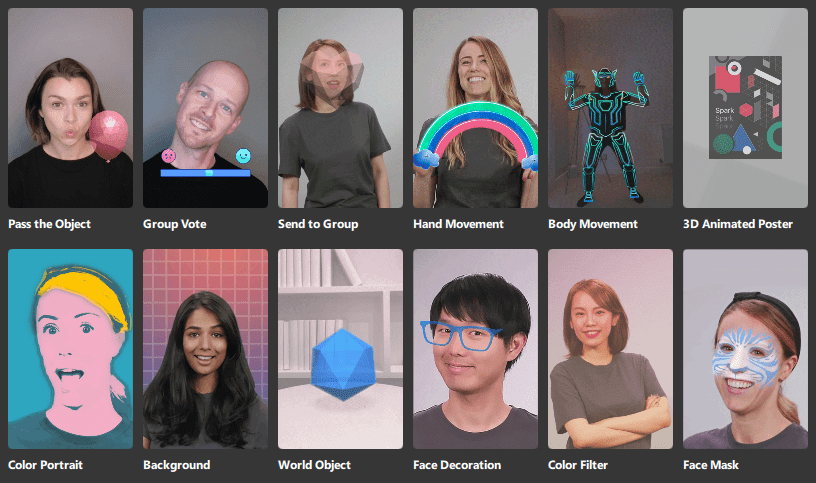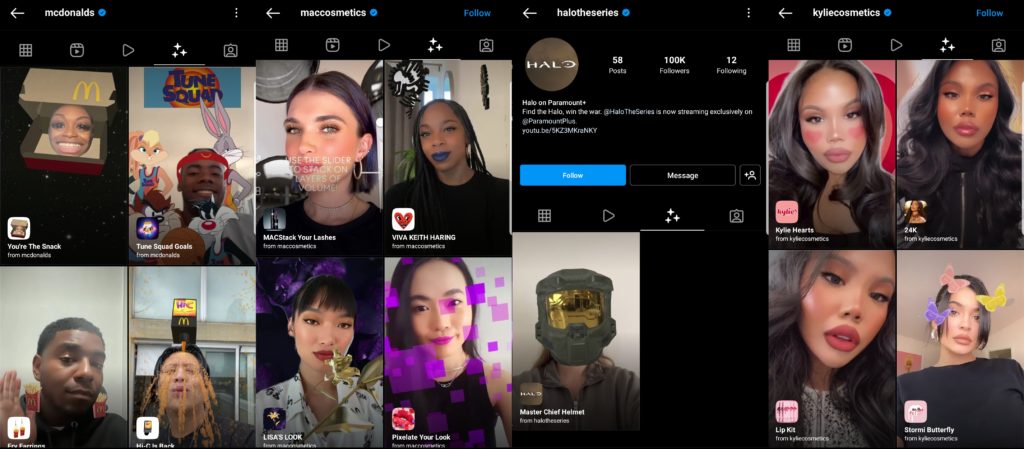Marketing with Augmented Reality
Technology is always evolving, with creative minds working on cutting edge innovations that have the potential to create entirely new industries. Augmented Reality or AR is accessible to anyone with a smartphone. Almost every social media platform has its own application for AR and it’s common knowledge that social media is not only for individuals but also for businesses.

What is Augmented Reality?
AR or Augmented Reality is the modification of real-life environments with digital elements that ‘augments’ the real world to blur the lines between the digital world and the real world.
These digital elements/ augments can be animated, 3d, 2d, and much more.
There are many types of AR or ‘filters’ as some platforms call them.
Instagram, one of the largest social media platform has now made it accessible for any account- brand or individual to have their own dedicated section for custom filters. This allows for a whole new way for brands to allow customers to engage with their services by access their own custom filters, creating a unique and memorable user experience.
Types of AR Filters
There are various kinds of filters, each type has a way to complement different business, products or service.
FACE FILTERS- Some companies within the cosmetic industry have already started adopting filters. It is an easy way for customers to try out different beauty products, share with their friends who in turn can do the same. This interactions of the brand filter creates engagement and traffic within the brand’s page on Instagram. Customers can then familiarise themselves with various products and also have fun using the filter to share on their Stories. The effect work when a face is detected on camera.
IMAGE TRACKING- While face filters are the most popular types of filters, it’s not the only kind of filter available. Image tracking provides brands with a lot of capabilities. An image can be tracked in realtime- augmenting the image to display any additional digital assets that cannot be otherwise achieved in the real world. Products / logos or any other illustrations and images can be animated, display additional info and many other features that a brand can think of.
WORLD OBJECT- if a brand has a product rendered in 3D, it is possible for a user to view the object through their phone by ‘placing it’ in the real world while moving the camera around to inspect the product. Unlike Image tracking, it does not require an image to track but instead can be placed in world on any flat surface that the camera can detect.

Now is the time to start to think about how you can incorporate Augmented Reality into your videos.

Ryan Spanger is one of Melbourne’s most respected and sought-after video production professionals. Ryan founded Dream Engine in 2002, and specialises in helping medium to large corporates, government departments, and the non-profit sector to connect with their audience more effectively by using video.
